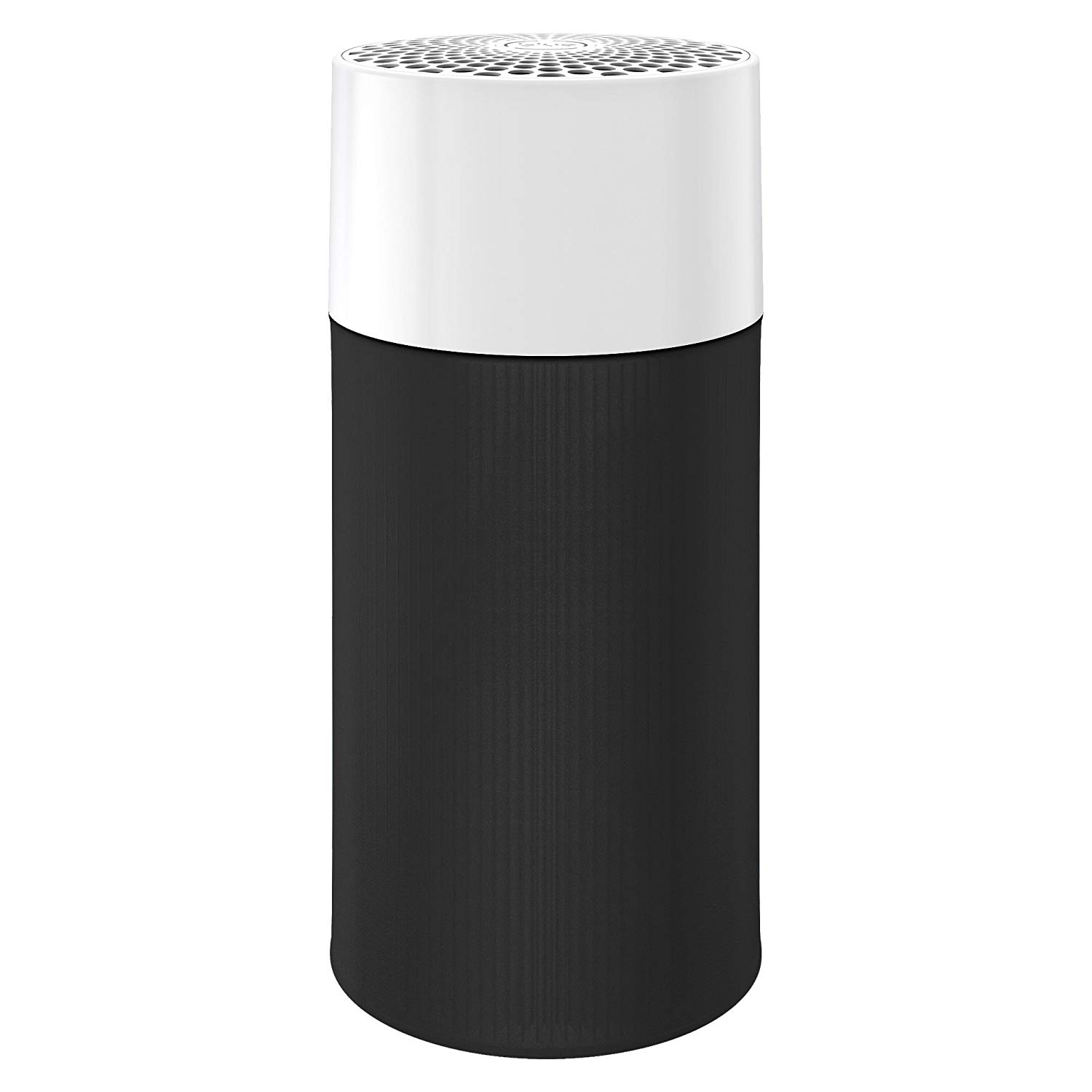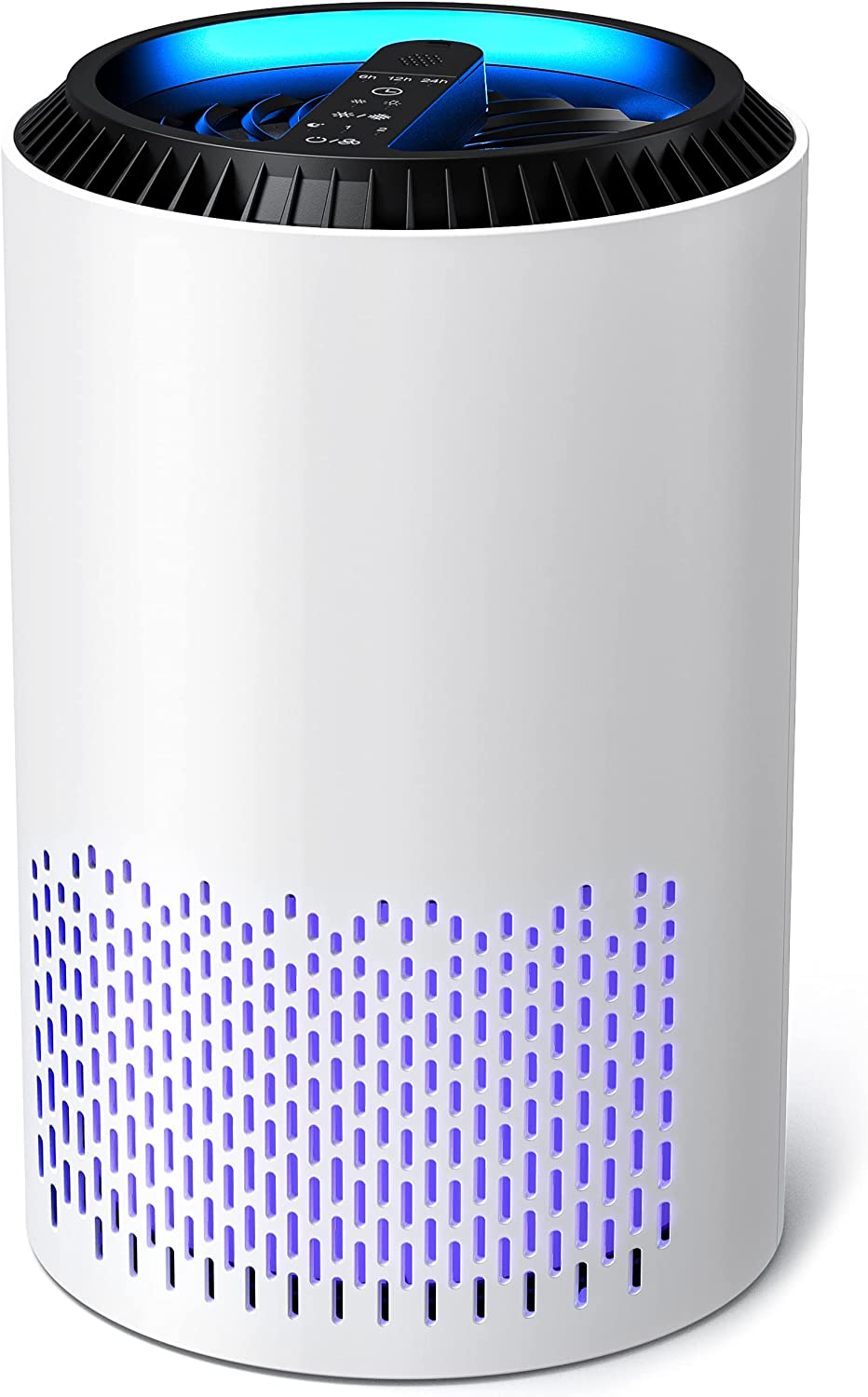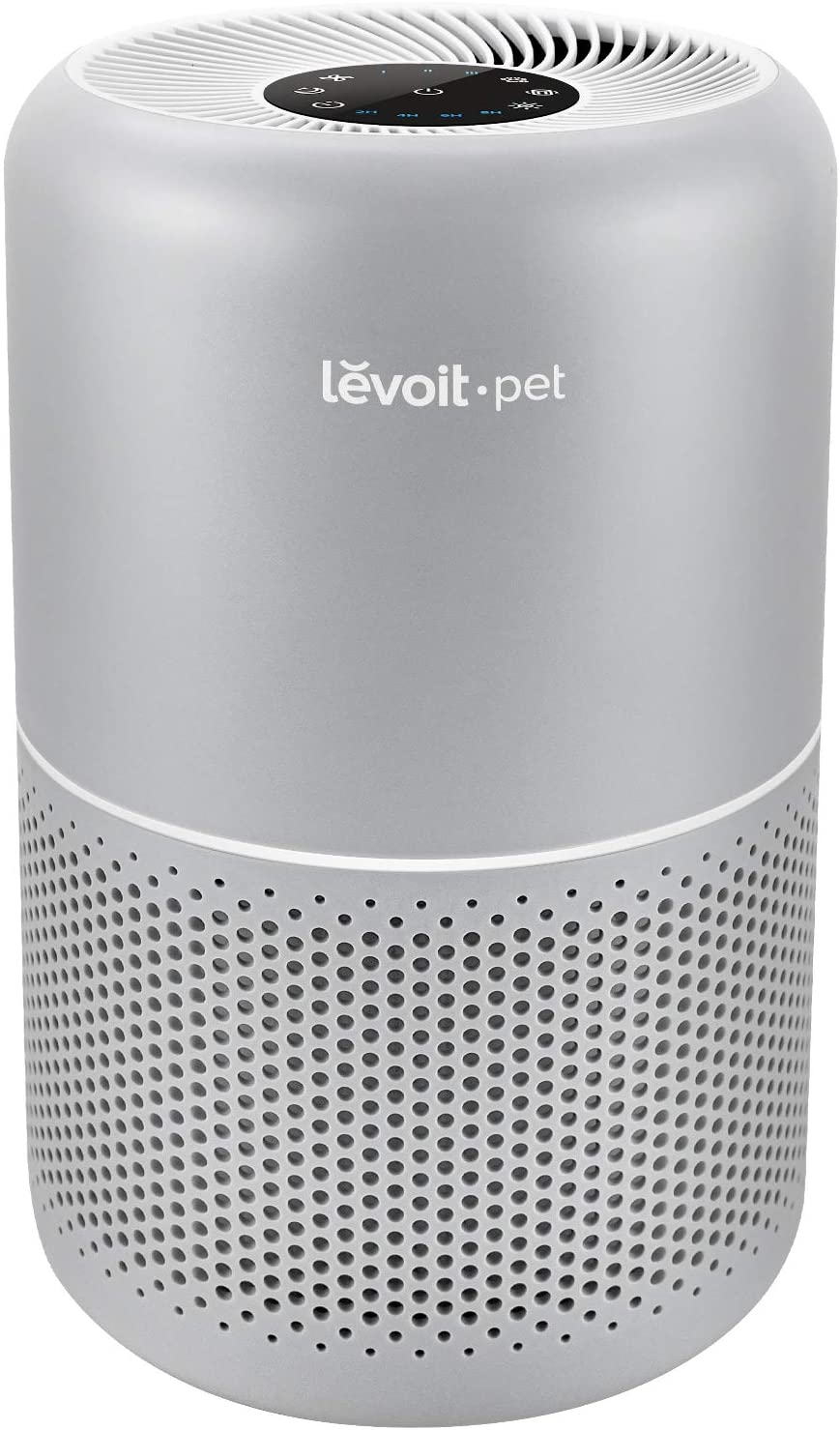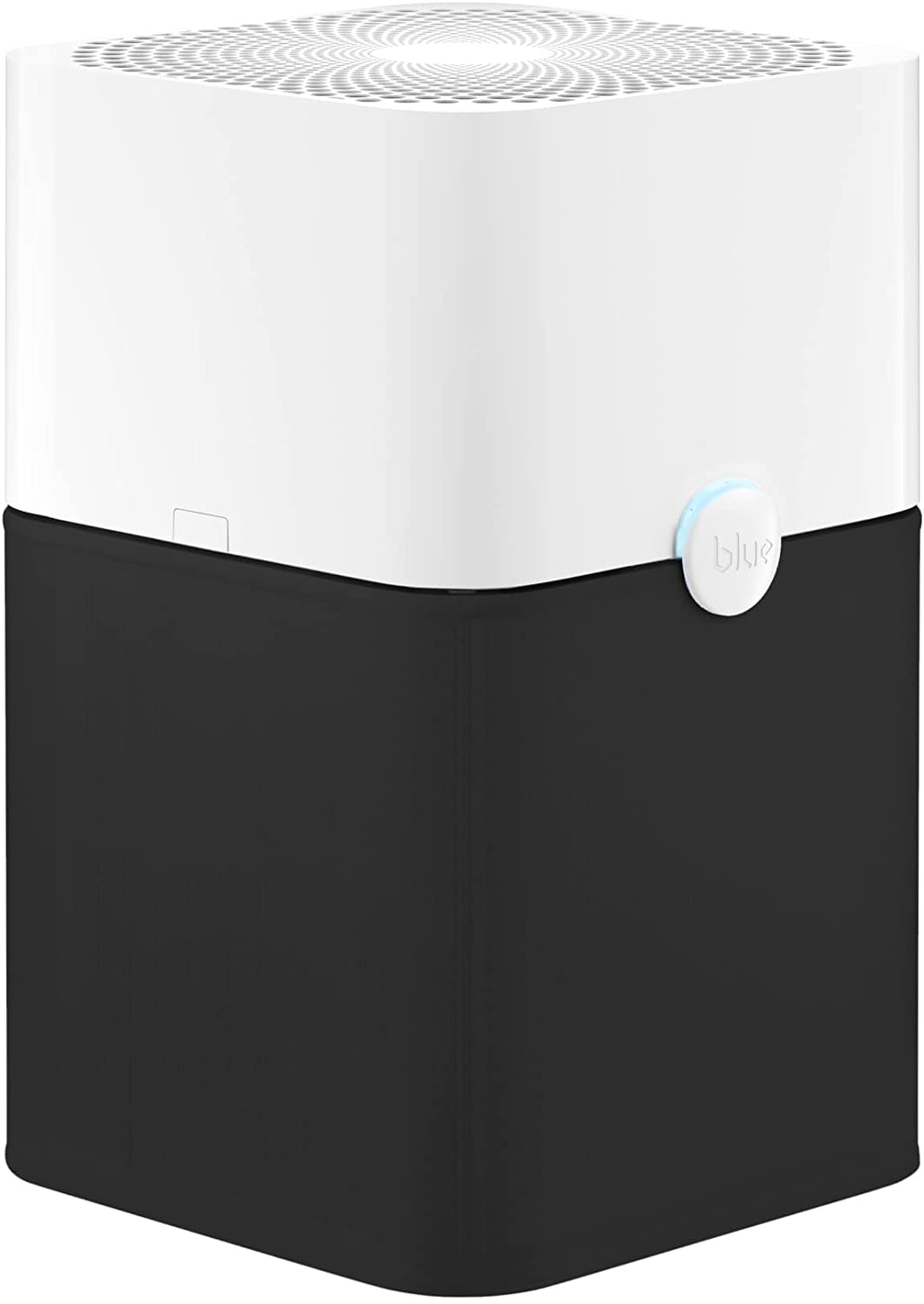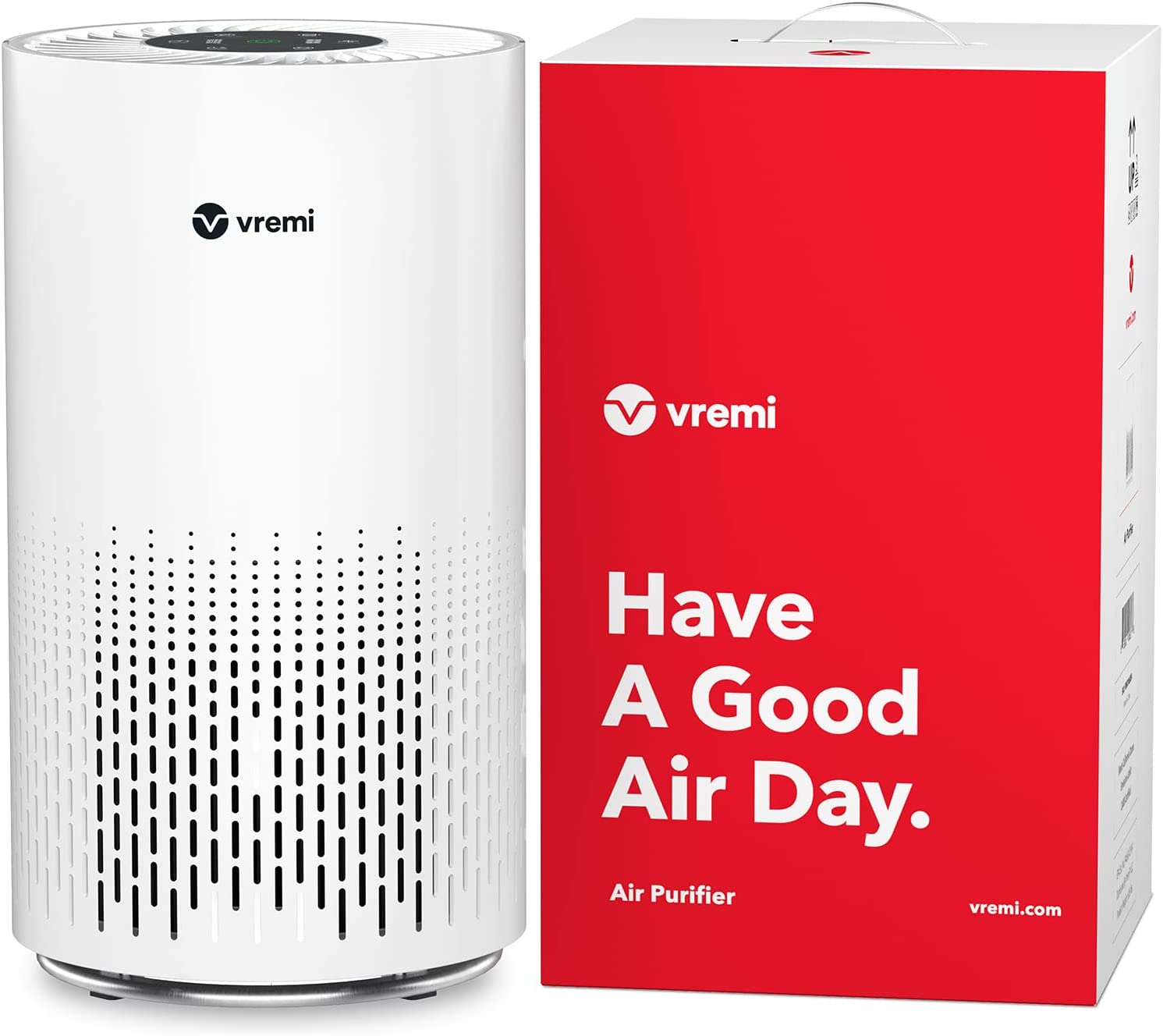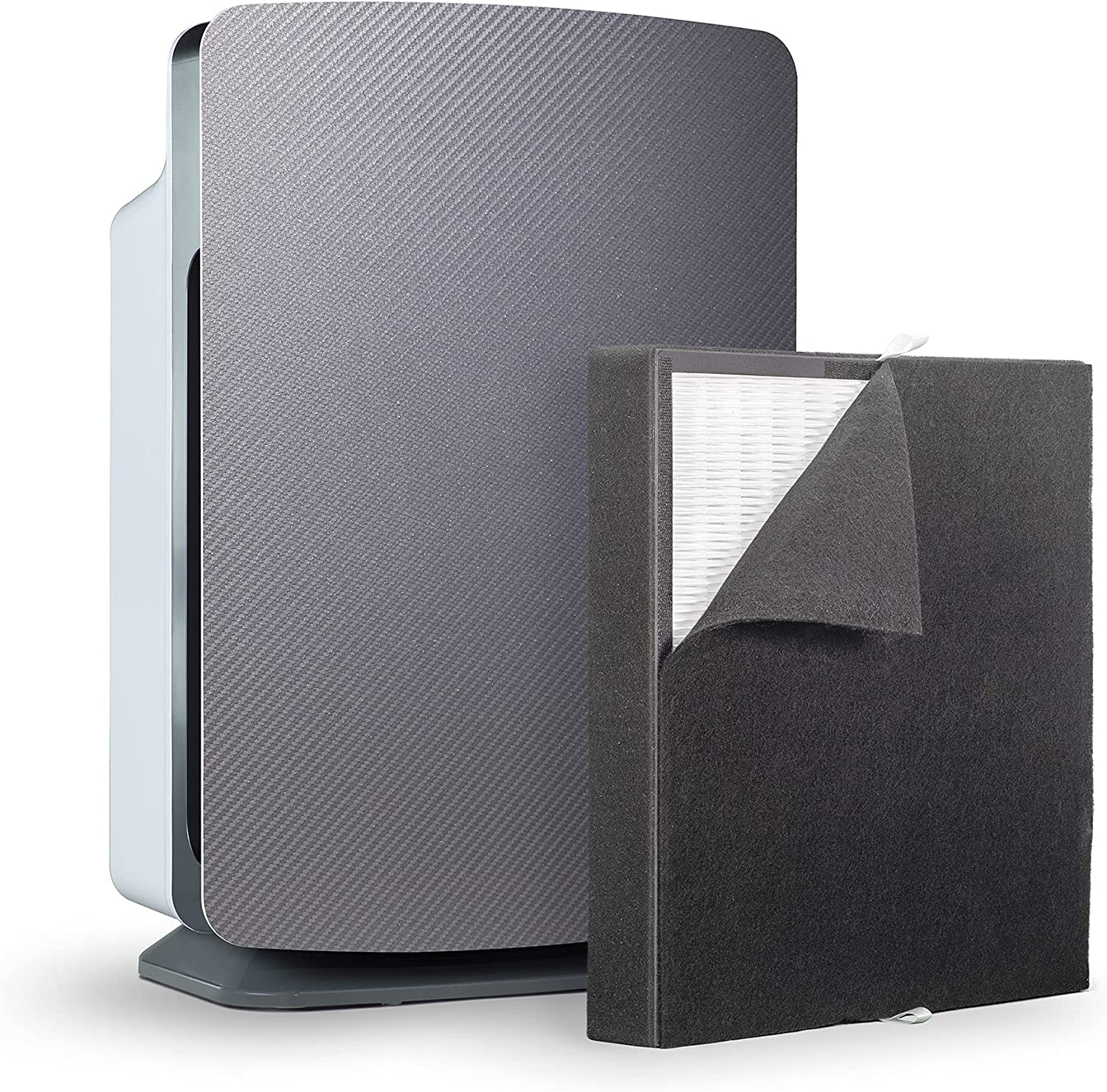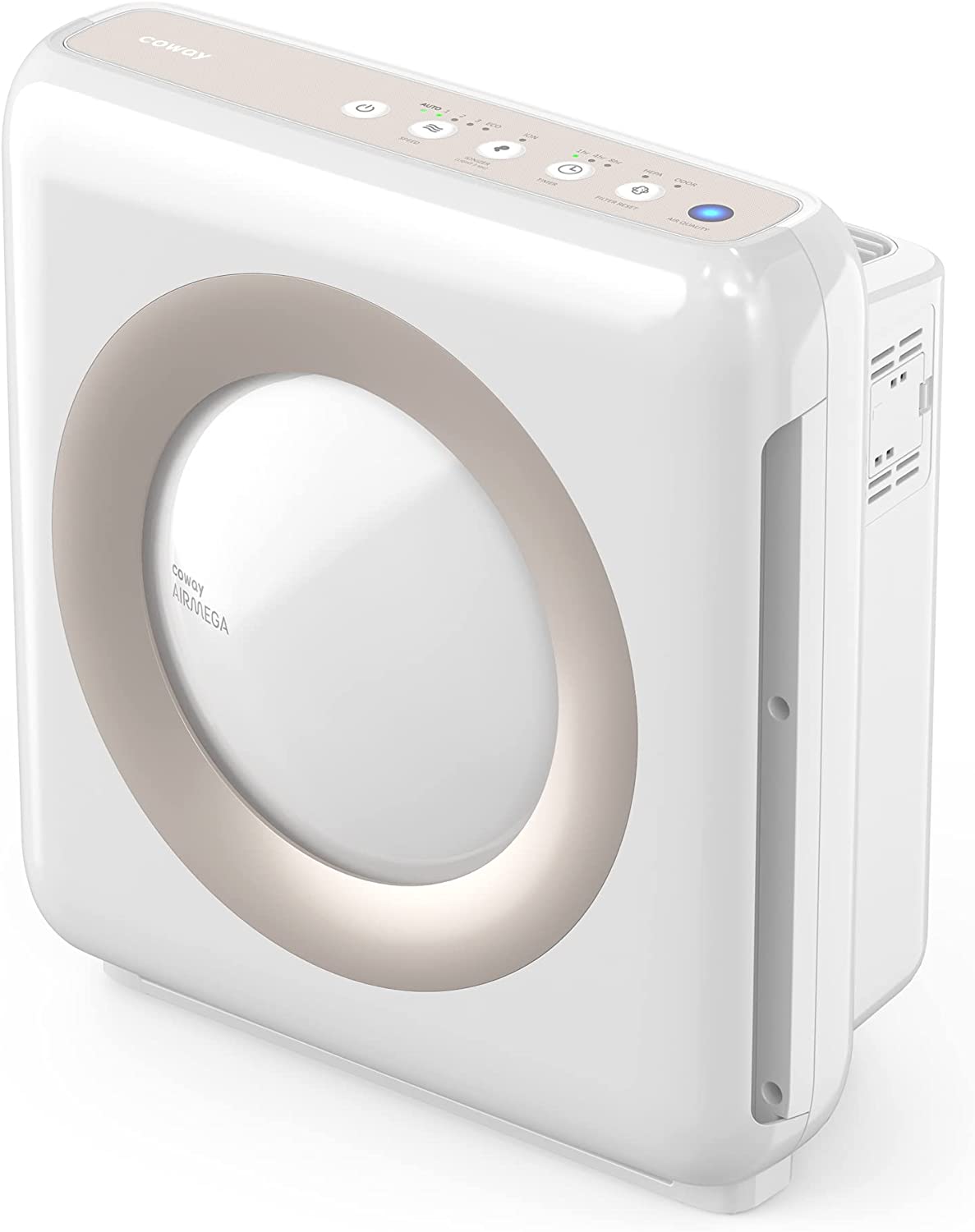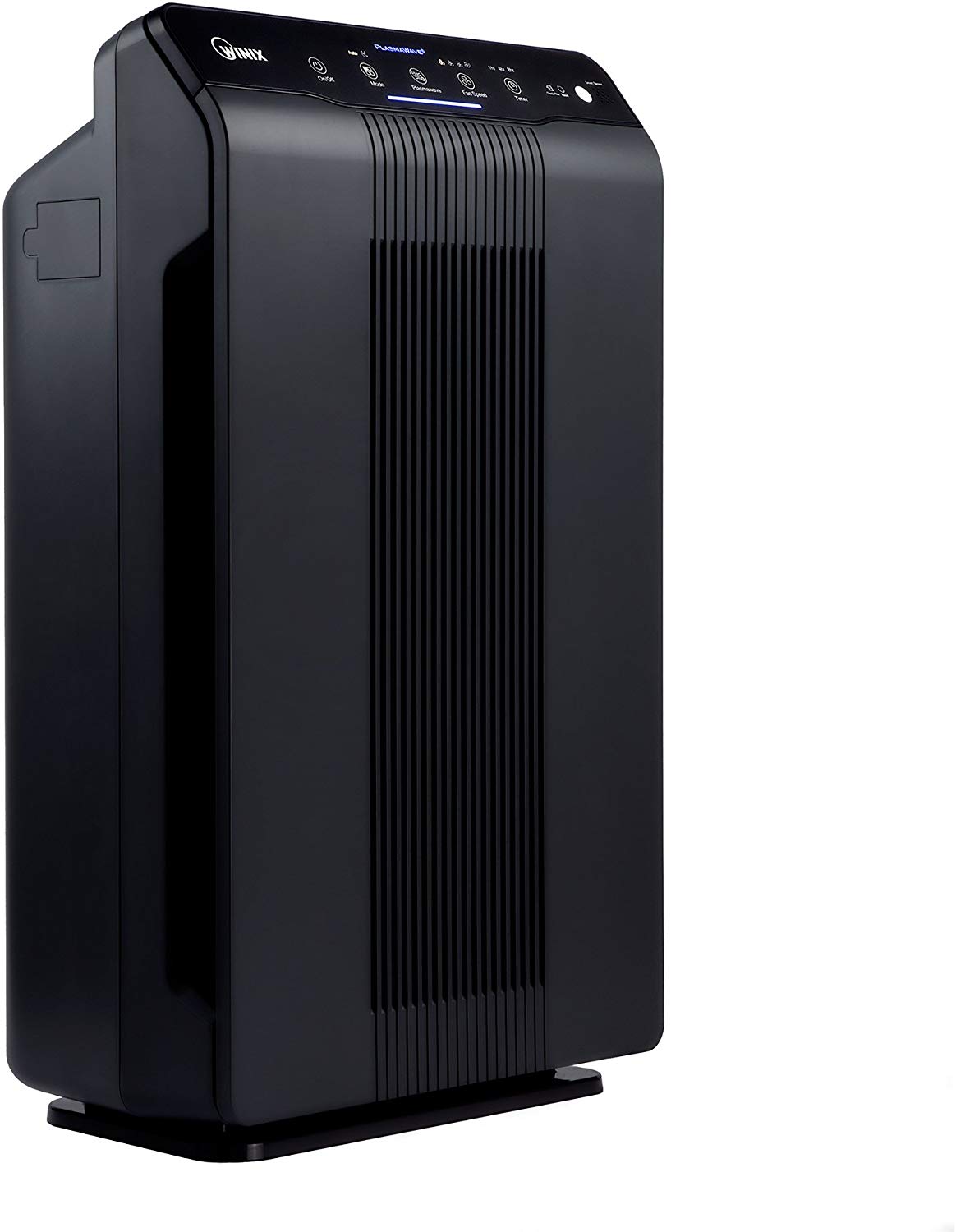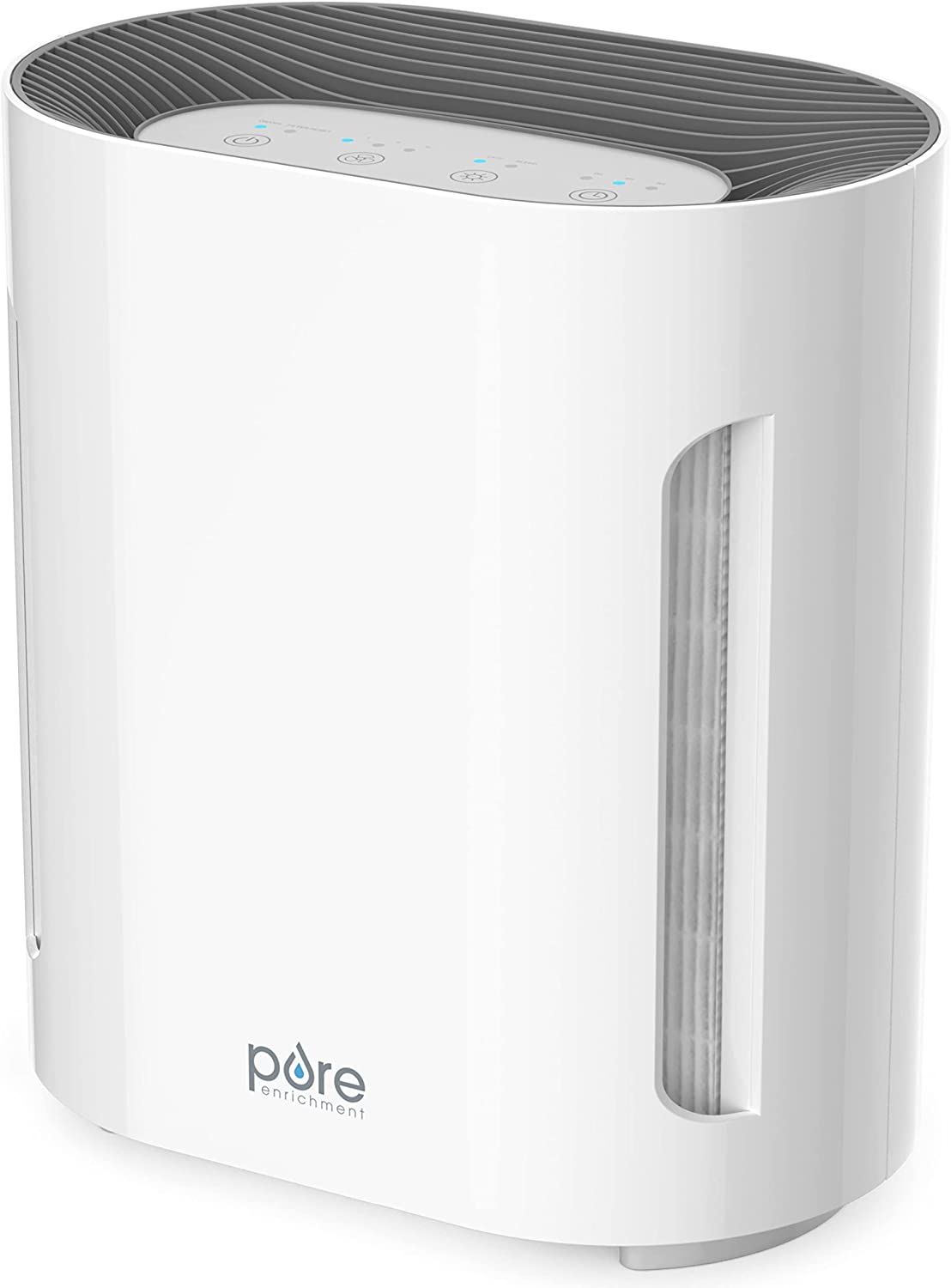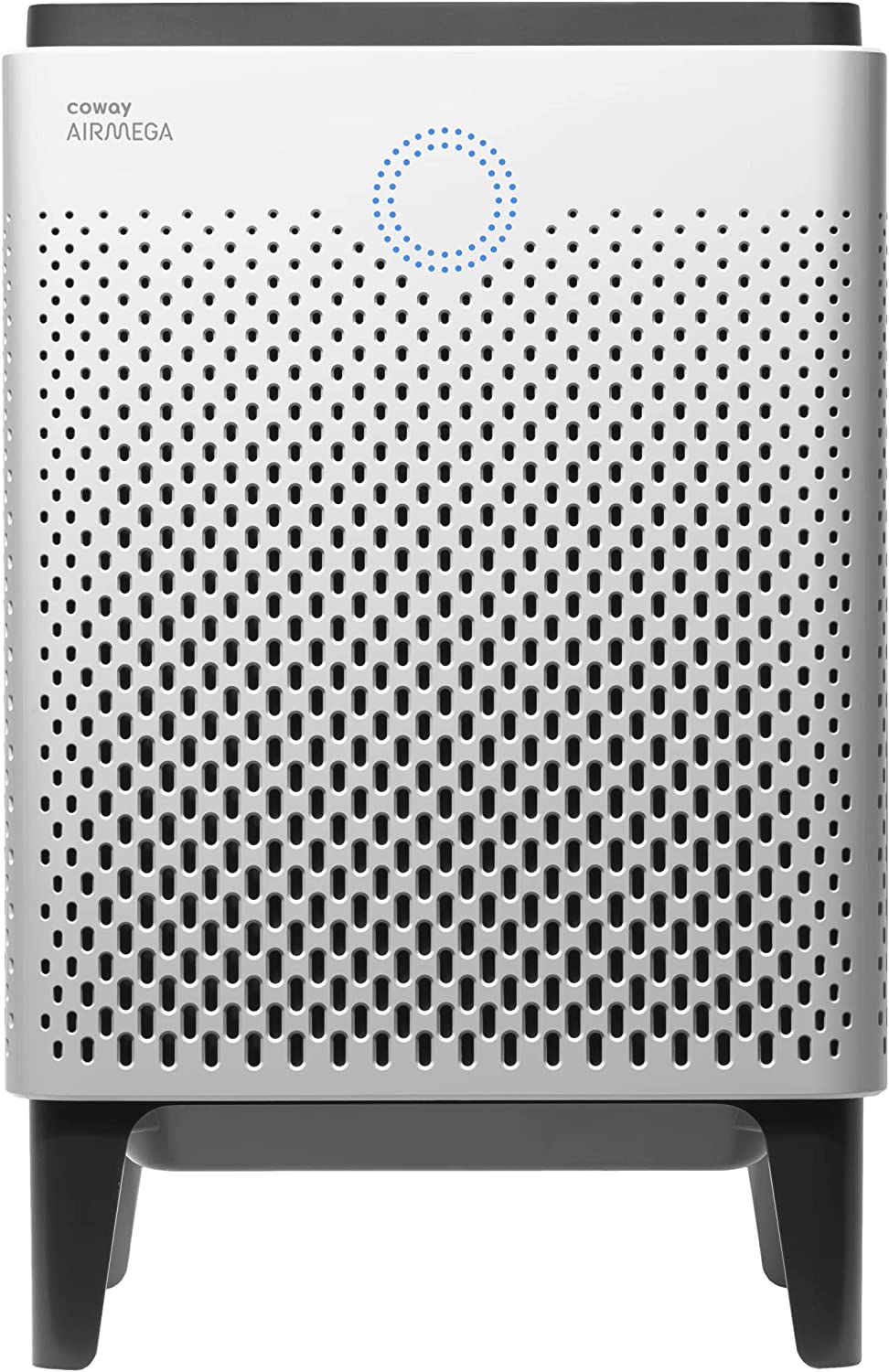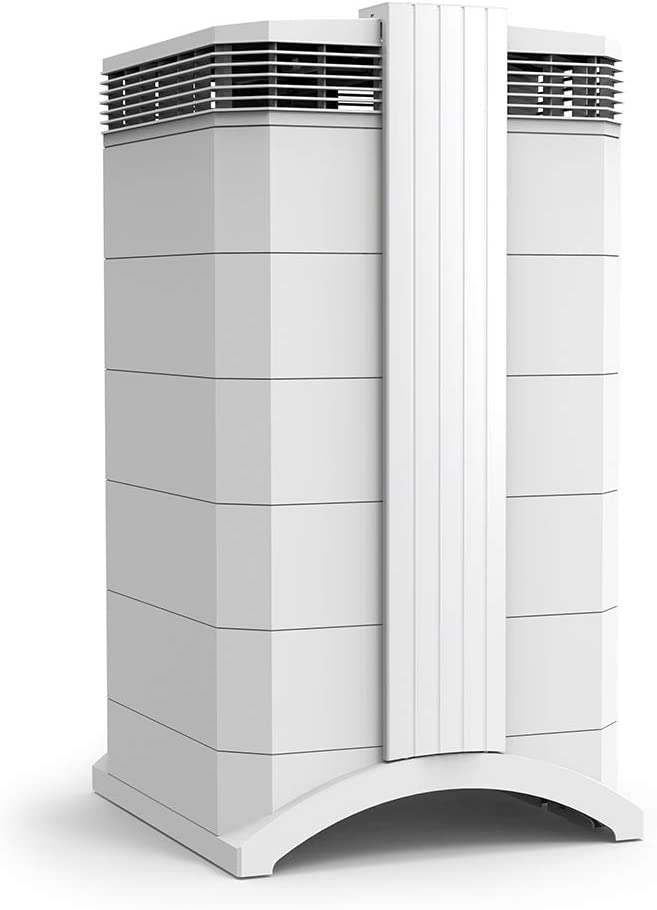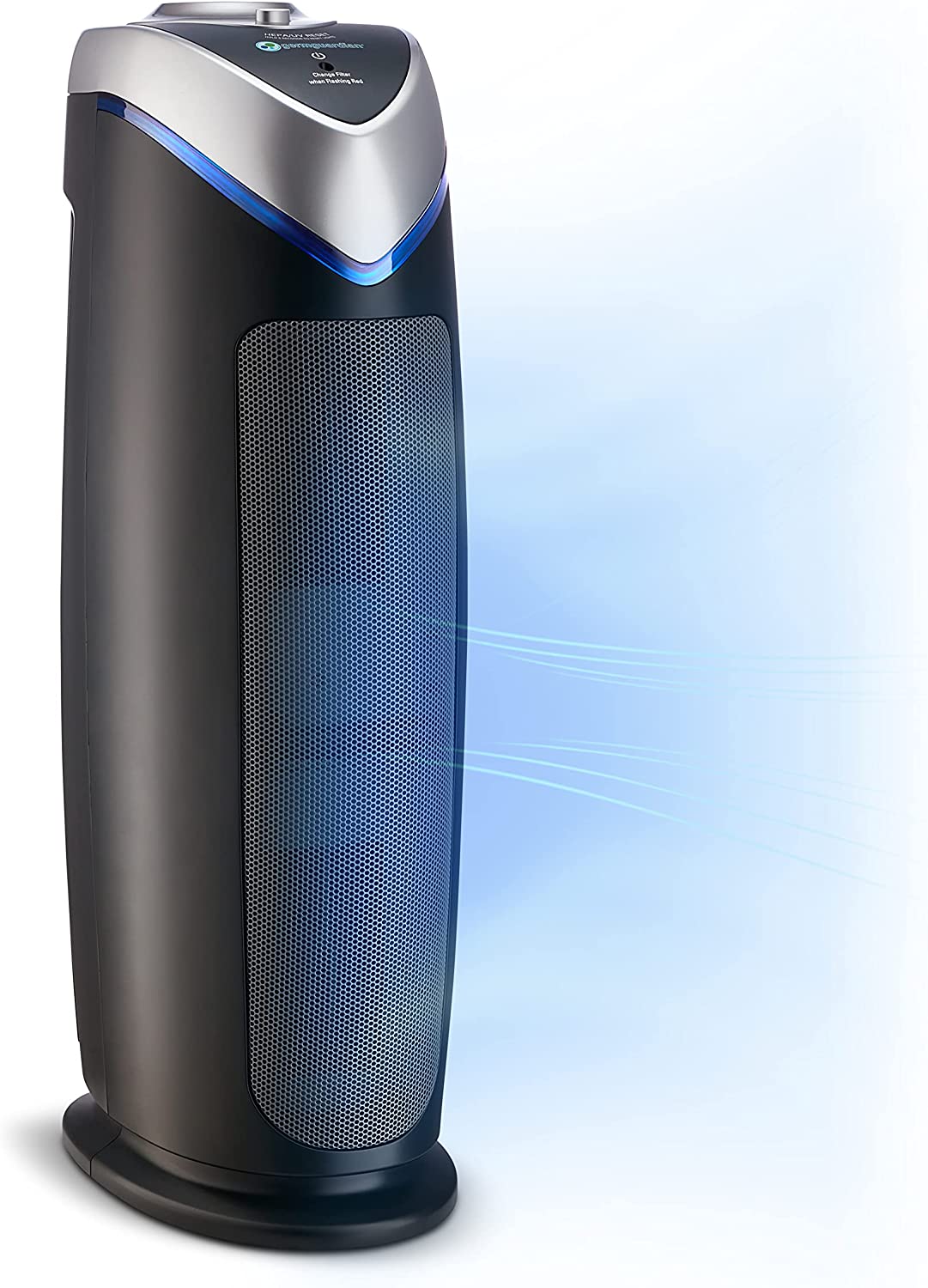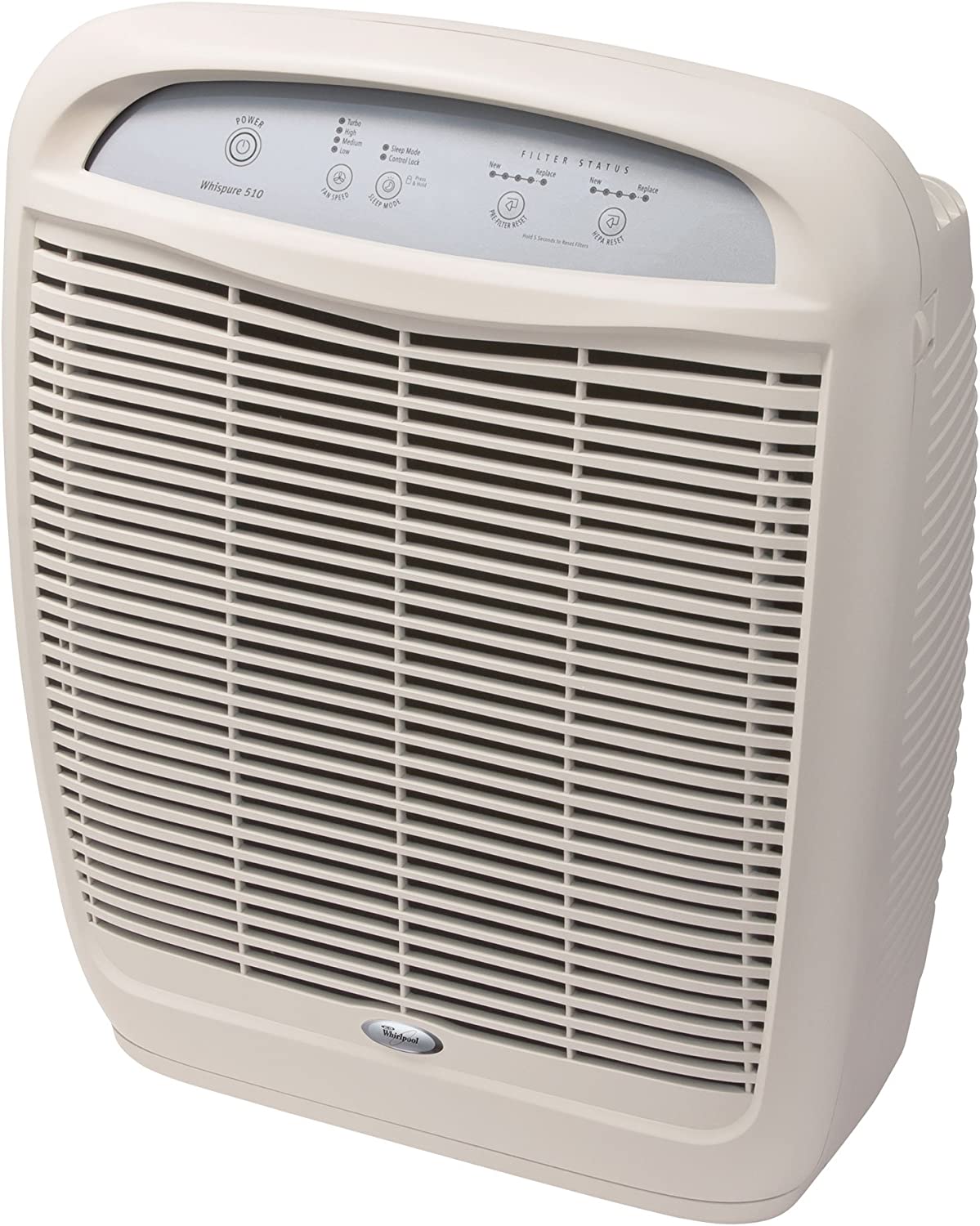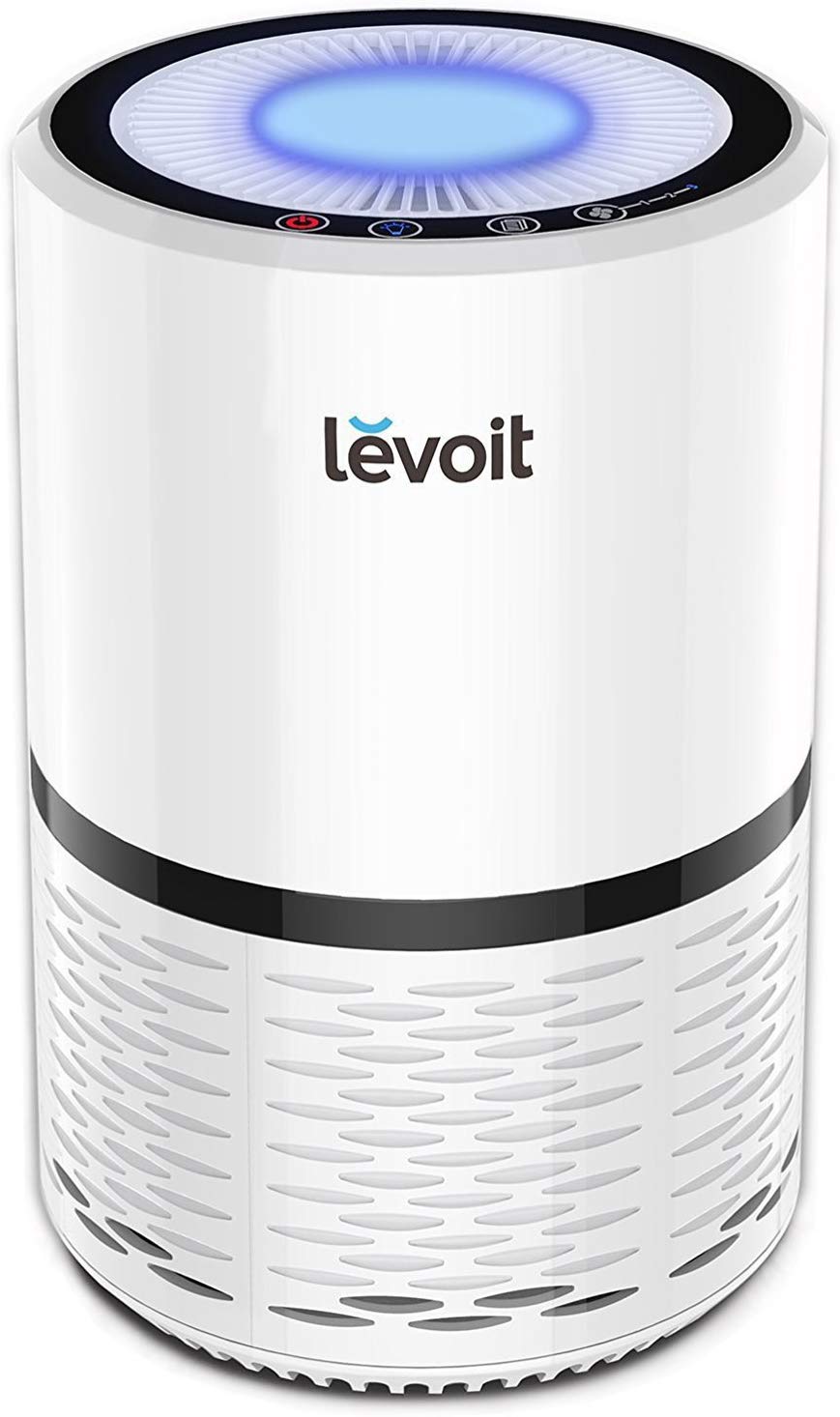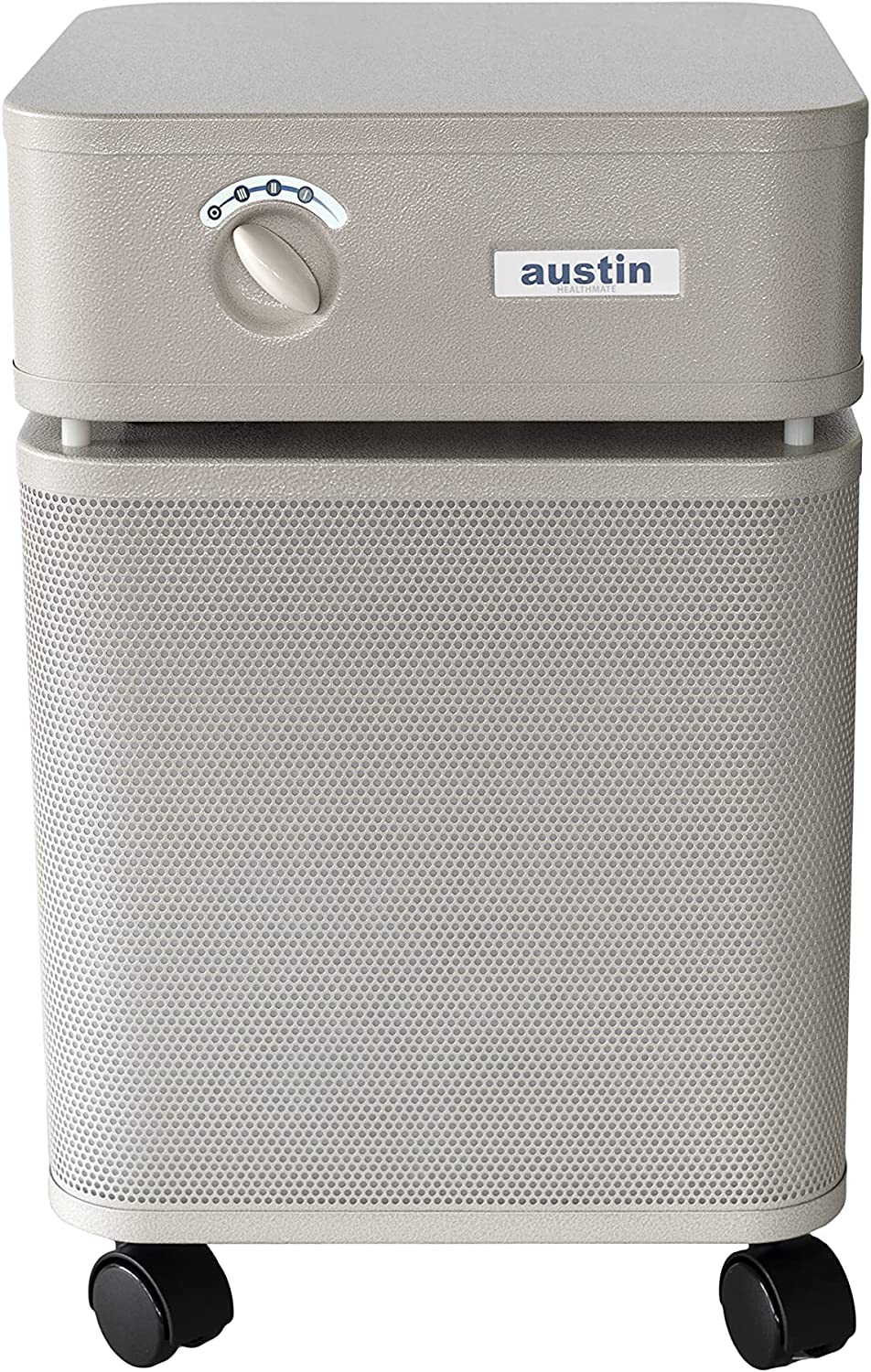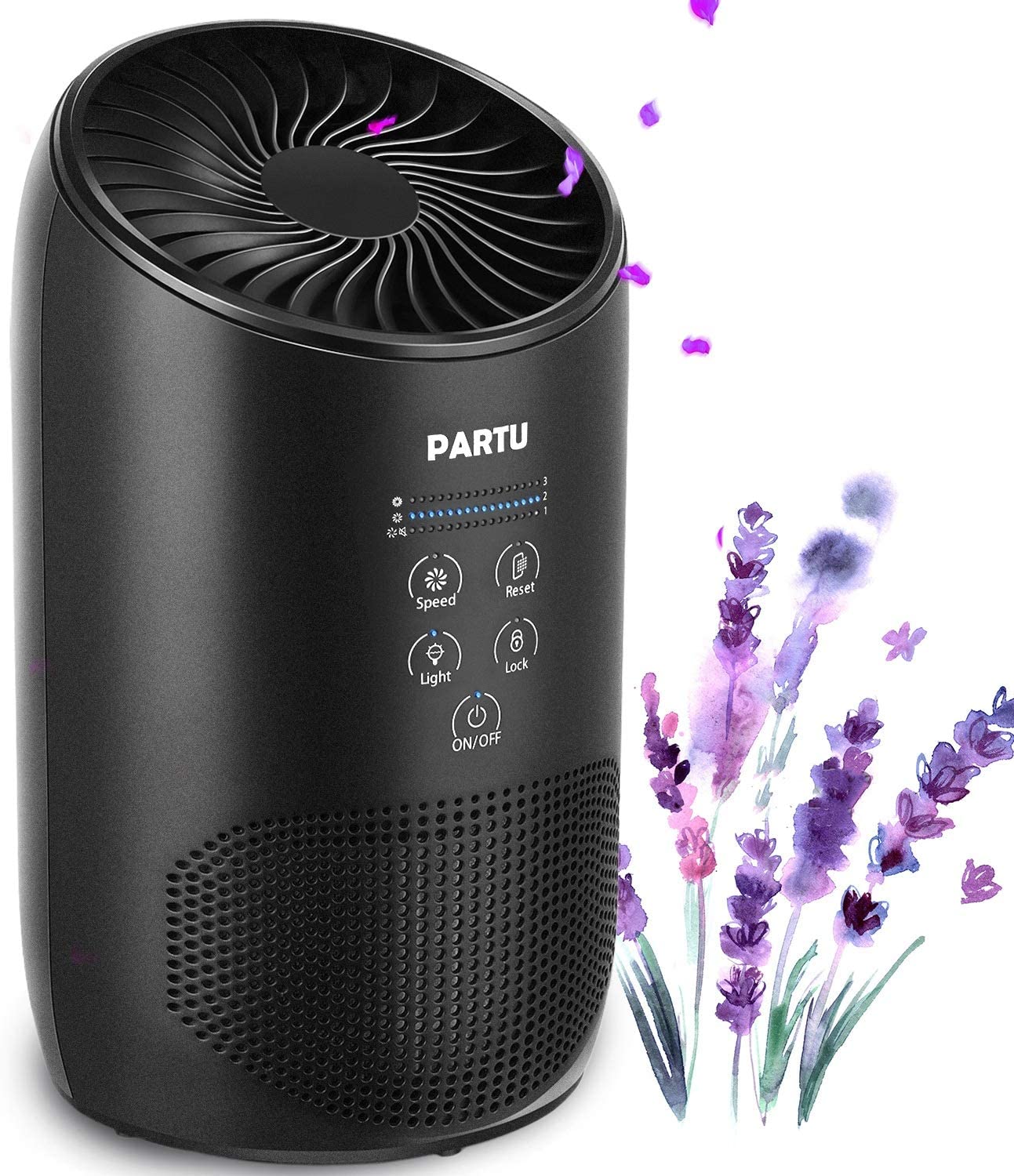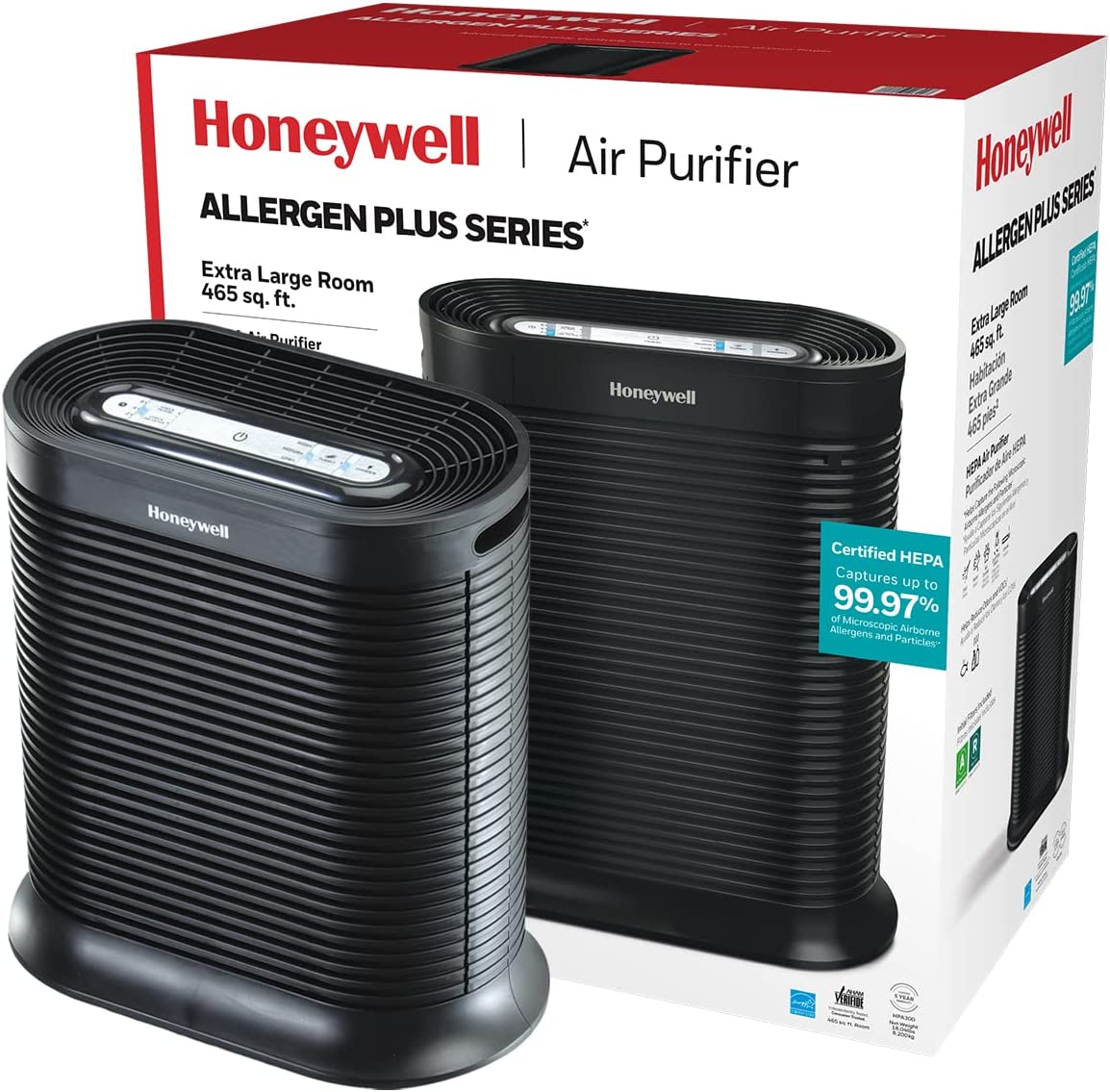Blue Pure 411 Asthma Reducing Air Purifier
Last updated: January 12, 2023
We looked at the top Air Purifiers and dug through the reviews from some of the most popular review sites. Through this analysis, we've determined the best Air Purifier you should buy.
Product Details
In our analysis of 65 expert reviews, the Blue Pure 411 Asthma Reducing Air Purifier placed 12th when we looked at the top 17 products in the category. For the full ranking, see below.From The Manufacturer
Breathe and sleep easier thanks to Blue Pure 411 air purifier. With a simple, user-friendly one-button control you can easily select from 3 different fan speeds all of which help to remove allergy causing pollutants and odors. The three-stage filtration process starts with a colorful, washable pre-filter which captures larger particles like dust and pet hair. The air then passes through both a particle and activated carbon filter which catches virtually every airborne particle: pollen, dust, pet dander, mold spores, smoke, allergens and bacteria. Get rid of everyday smells such as food and pet odors naturally without harsh chemicals that mask odors. Filtering air from all sides, millions of ultra-thin fibers of different layers make it less dense than ordinary filters resulting in less clogging, higher airflow and lower noise. In fact, on the lowest setting, the 411 is described as whisper-silent. This purifier is designed to fit into any room in your house with 2 different pre-filter colors included, blue and dark grey, and many other colors available to purchase separately. With certified results through independent testing from the Association of Home Appliance Manufacturers (AHAM), the Blue Pure 411 has a clean air delivery rate of 105 cubic feet/minute meaning it will clean the air in a 161 sq. ft. Room 5 times an hour.
